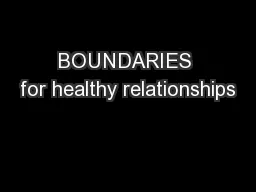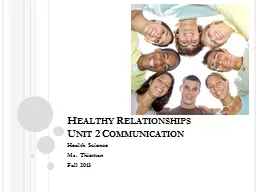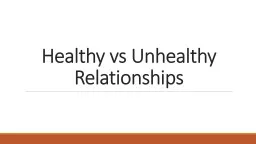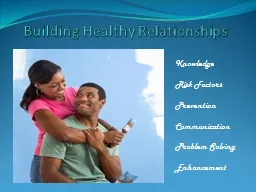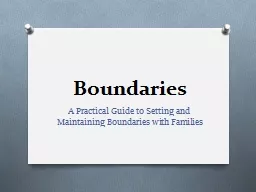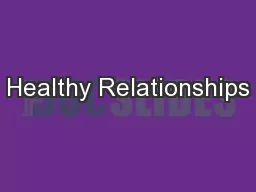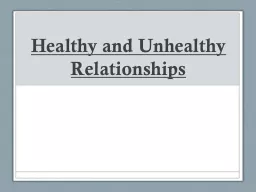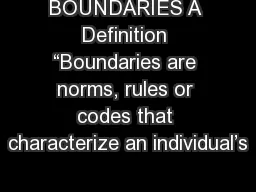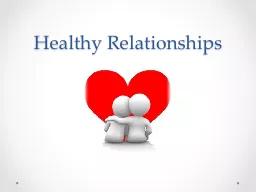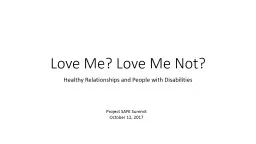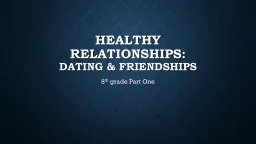PPT-BOUNDARIES for healthy relationships
Author : ellena-manuel | Published Date : 2018-03-18
Communication Boundaries Galatians 62 amp 5 NIV Carry each others burdens Each one should carry their own load Ephesians 415 NLT We will speak the truth
Presentation Embed Code
Download Presentation
Download Presentation The PPT/PDF document "BOUNDARIES for healthy relationships" is the property of its rightful owner. Permission is granted to download and print the materials on this website for personal, non-commercial use only, and to display it on your personal computer provided you do not modify the materials and that you retain all copyright notices contained in the materials. By downloading content from our website, you accept the terms of this agreement.
BOUNDARIES for healthy relationships: Transcript
Download Rules Of Document
"BOUNDARIES for healthy relationships"The content belongs to its owner. You may download and print it for personal use, without modification, and keep all copyright notices. By downloading, you agree to these terms.
Related Documents

